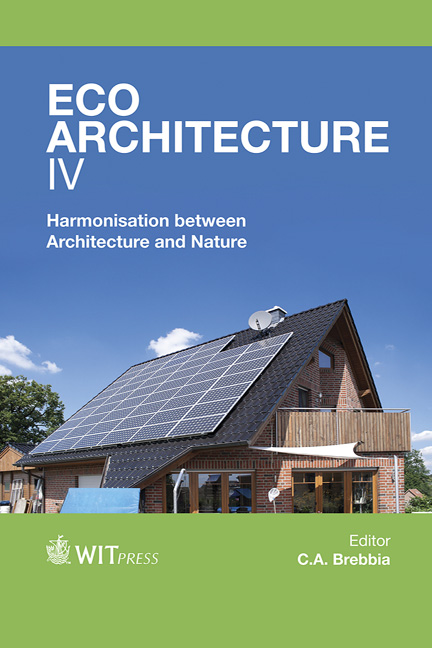Methods For Air Tightness Analysis For Residential Buildings In Nordic Countries
Price
Free (open access)
Transaction
Volume
165
Pages
12
Page Range
311 - 322
Published
2013
Size
397 kb
Paper DOI
10.2495/ARC120281
Copyright
WIT Press
Author(s)
I. Allard, T. Olofsson & O. A. B. Hassan
Abstract
Envelope air tightness is one factor that has impact on the energy performance of buildings. The goals of the directive 2010/31/EU, on energy performance of buildings, raise the importance of building energy performance analysis in the process. Measurements of air tightness can be useful both when evaluating building energy performance and developing new building techniques. The aim of this paper is to review and evaluate methods to measure air tightness in both new and existing residential buildings in Sweden, Norway and Finland, based on an international literature study and a survey. The methods are categorized based on a number of criteria to determine their suitability in different situations. Advantages and disadvantages of the methods are discussed, as well as commonly used methods in the three countries. The review shows that the standard ISO 9972 is used for verification in all three countries, but alternatives exist that might be more suitable in certain situations. Simpler methods are used in the building process to increase air tightness. To achieve a comparable measurement, both common methods and commonly defined units are needed. Keywords: air tightness measurements, residential buildings, cold climate, energy use, building regulations.
Keywords
air tightness measurements, residential buildings, cold climate, energy use, building regulations





